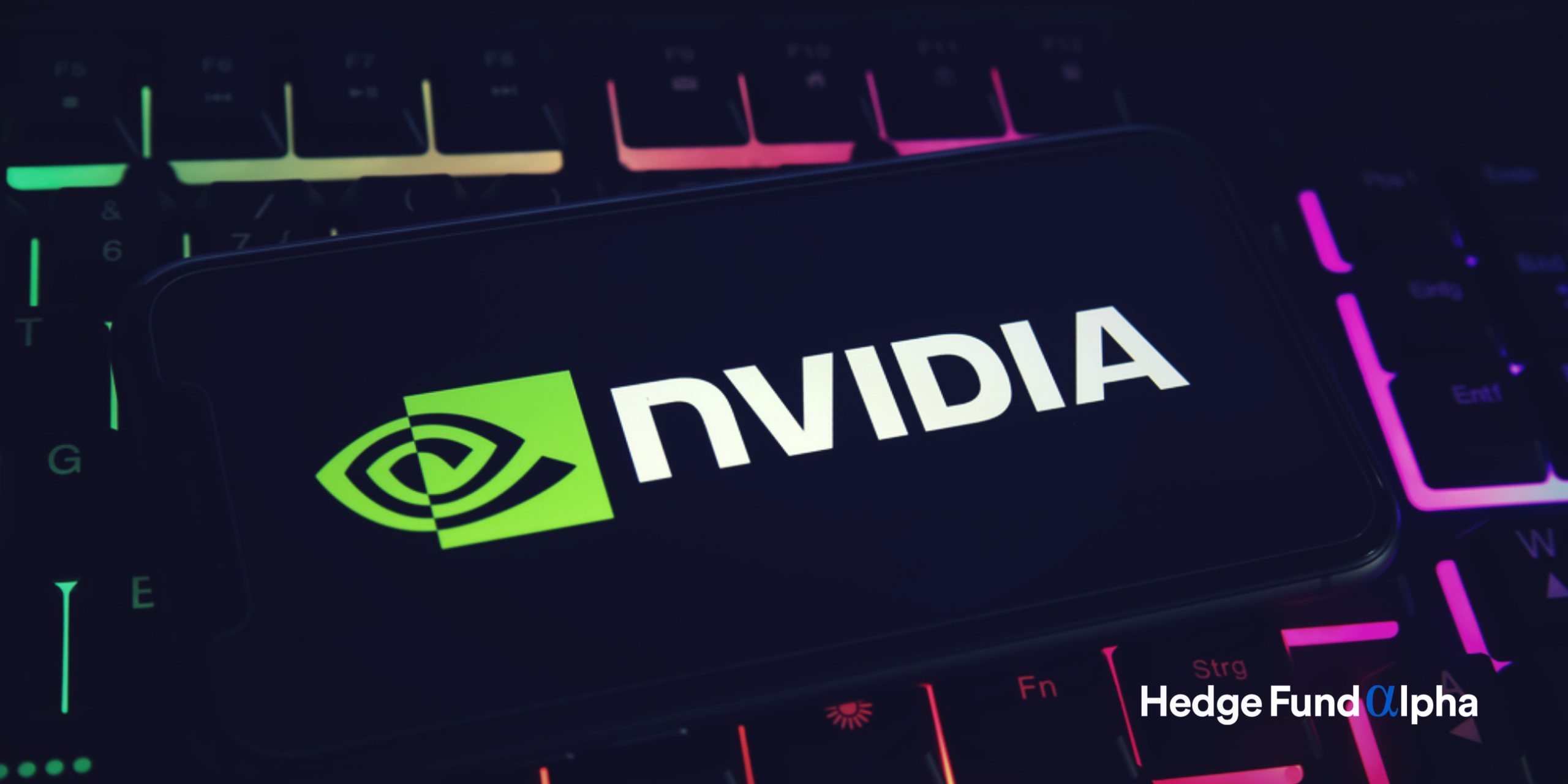Although I spend most of my time these days looking at potential real estate property investments and technologies related to that (Proptech), I do keep abreast of developments in the software and hardware space. As early as my early teens I was already programming software, and finally managed to get the private equity firm Blackstone to acquire my mobile advertising company in 2019.
One of the many developments I’m watching is how Nvidia (NASDAQ:NVDA) has dominated the Graphics Processing Unit (GPU) processor space. Nvidia is now a widely held stock that is one of the giants that are driving the total market cap valuation of the S&P 500.
It did not always start out that way. When personal computers (PCs) first came out in the late 70s and early 80s, the entire computer generally ran on Central Processing Unit (CPU) microprocessors built by Zilog, Motorola, and when the IBM PC came out, it mainly became Intel x86 processors.
Graphics then were really clunky. Oldtimers recall games like Pong, and classics like Space Invaders and Pacman. These were low resolution games, and the color palettes had discernable shades. At that time, the CPUs on the motherboard handled most of the tasks of the computer. Eventually you could buy a co-processor to speed up your PC, but that gave way to faster microprocessors with multiple cores.
Nvidia came into existence because rendering video graphics became so computationally intensive that the graphics would stutter because the CPU was already getting overwhelmed. Sophisticated graphics was more in the domain of expensive minicomputers built by Silicon Graphics and other specialized companies. This was unacceptable to gamers who wanted to use products from game startups like Electronic Arts, hence Nvidia took advantage of this new market. It is important to note that there are other competitors in this space, but Nvidia is really the GPU brand that many power users have grown to love.
Recently Nvidia announced their new Blackwell GPU architecture that is the state of the art in its class of chips. These days, unless you’ve been hiding under a rock, the graphics have become so good as to require you to take a second look to discern if a still image, as well as a video is real or synthetic. The graphics from the game software development kit Unreal Engine 5 are so photorealistic not just in the resolution and in the color shades, but in the textures of how light bounces off certain surfaces like skin, rocks, trees, and other objects.
In addition, each object in a video frame has certain ways that physics makes those move. Thus that liquid tear that rolls down a crying face is governed by a certain set of motion equations. The really photorealistic games and software takes those physical laws into account. Imagine thousands of small things and objects on screen, all obeying their own laws of physics in terms of movement and light and shadow reflection.
Plus there are new markets for GPUs now. The first one is crypto mining. Bitcoin mining for example requires a miner to solve a complex mathematical problem to get the right to validate a transaction against other miners globally, for it to earn the reward of the Bitcoin. Initially GPUs were ideal for Bitcoin mining, but these days specially designed chips called ASICs are now more powerful. However, other non-Bitcoin tokens are still mineable with GPUs..
The stronger demand right now comes from Artificial Intelligence (AI). The first part of the AI process involves training the model by showing it large amounts of data. Large language models for example use huge data sets. This is extremely computationally intensive, and requires a huge amount of compute power.
Nvidia excels in training AI models like Chat GPT and Google Gemini, to name a few. This is because Nvidia architecture is massively parallel in nature. Although Intel x86 architecture processors have some parallel capability to run different threads on various cores, it still does not match the massively parallel processing ability of Nvidia processors. Nvidia processors excel in vector numeric manipulation which is so important for AI and graphics.
The latter part of the AI is when it is already being used and tuned by the actual users, where it runs more on inference when these models are already trained and built. For that inference part, less compute power is needed than compared for early training, but it can still be significant. Inference is where other chip companies like Intel and AMD may be able to grab market share.
There are also niche markets like pharmacologic drug design, engineering simulations, and other applications that might normally need supercomputers, but people want to simulate in their own premises.
So Nvidia has these big groups of people who want their GPUs, basically gamers, crypto miners, and AI compute and specialized users. The market is actually growing, especially since many companies, countries, and individuals are interested in being part of the cryptocurrency and AI revolutions.
Right now, Nvidia realizes this. The stock markets and investors realize this too, driving up the price of the share by over $250bn last February. That capital needs to go into better designs and ramp up their output, whose manufacturing is basically outsourced to wafer fabs by Taiwan Semiconductor Manufacturing Corporation (TSMC). However TSMC is the same wafer fab that is used by giants like Apple, and others. Hence output capacity is constrained, and for some time to come we should expect the current demand versus supply situation might get worse.
As the saying goes, someone’s profit (or margin) is someone else’s opportunity. Competitors like AMD, Intel, and others are salivating over Nvidia’s dominance. The moat is not insurmountable but the lead is huge. Hopefully however all this competition results in faster and cheaper GPUs for the public over the coming years.



